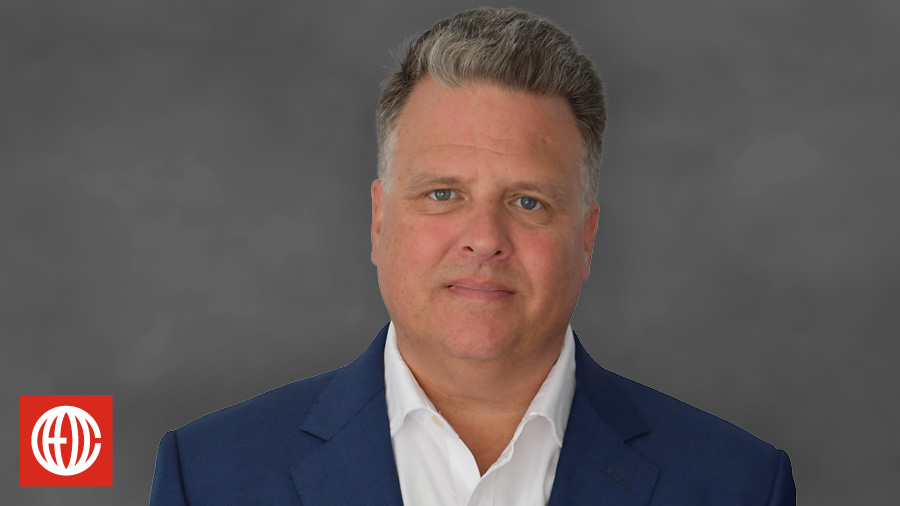
Since the beginning of the pandemic, high-EQ CEOs have put a BIG emphasis on being sensitive to their workforce’s mental health. But managing the challenges of the past two and a half years has also made it difficult for many CEOs to attend to their own mental health.
According to Headspace Health’s 2022 Workforce Attitudes Toward Mental Health Report, 83% of CEOs report missing at least one day of work due to “stress, burnout and mental health challenges.” That same report also found that 25% of employees cite “poor leadership” as a top workplace stressor, a figure that’s been rising since 2020.
Ignoring your own mental health isn’t just bad for you, it’s bad for business. A recent study by the American Heart Association estimates that by 2030, mental health issues will cost companies $6.1 trillion annually. In that same span, the cumulative cost of dealing with mental health is expected to surpass estimated costs for treating cancer and cardiovascular disease.
How you and your company handle mental health in the workplace is now an essential part of your company’s culture. And like any other culture issue, the CEO has to set a positive, empowering example for the rest of the company.
Here are 4 key ways that top CEOs stay mentally healthy.
1. Reinforce your work-life boundaries.
Many overworked CEOs get so caught up in running the business that they overlook one of the top perks of being the boss: you are in charge of your own schedule.
At the beginning of every year, when I’m looking at my blank calendar for the next 12 months, I schedule three things first: daily workouts, vacations with my wife, and one-on-one trips with my kids.
You too have this super power.
By establishing my nonnegotiable priorities before anything else, I’m ensuring that I run my business without letting the business run me. Over the years, this simple scheduling habit has developed into a mindset that helps me leave work at work and be more present with my friends and family. I’m also prioritizing the alone time that I need to blow off some steam and take care of myself.
Of course, it’s a lot easier to maintain a healthy work-life balance when you know you have the absolute best people minding the shop when you’re out.
The next time you make a key hire, instead of stressing about what a top performer is going to cost, consider that premium an investment in your mental health. Coaching your kid’s hockey team or taking a long weekend with your spouse will be more enjoyable if you can trust your team to execute top priorities without your direct supervision.
2. Unplug and turn in.
Five to ten years ago, you’d hear a lot of braggadocio from CEOs about how sleeping less was helping them accomplish more. Today, study after study has connected irregular sleeping patterns to depression, anxiety, and other mental health issues.
There’s nothing wrong with being an early riser, especially if you want to clear your head with a workout before breakfast. But most people need a good eight hours of sleep to let your brain work through its sleep cycles and give your mind and body the recharge they need.
Try to be as rigorous about when you go to bed as you are about any other item on your daily schedule. One hour before bedtime, close your laptop, power down your phone, and turn off the TV. This sends a message to your body that it’s time for you to power down too. Get cozy, turn down the lights, crack open a book, and let your body do its thing. If a fixed routine doesn’t help you sleep better, or if you still find yourself tossing and turning, it might be time to upgrade that old pillow and mattress.
3. Devote more time to hobbies.
CEO Coaching International’s Jim Weaver is an avid athlete and pilot. David Sobel loves live music and hockey and is a 2nd degree black belt in taekwondo. Jason Reid enjoys writing, playing guitar, shooting, archery, and sculpting. Our COO, Don Schiavone, has two seasonal schedules, one for golf and one for skiing, each carefully broken down with time for weekly practice and competitive play.
And when I’m not working, you’ll find me training for my next IRONMAN race, hiking, or entertaining on our boat.
Hobbies and leisure activities allow you to separate yourself from the stress of your business — especially if they’re set in stone in your agenda. Extracurriculars also give you an opportunity to test yourself, learn new things, and have new experiences that can enhance your leadership skills. And, perhaps best of all, when you’re playing an instrument or competing in a sport, you’re letting your inner child run free. Reconnecting with that part of yourself won’t just improve your mental health, it could spark a creative solution to a nagging problem or provide some inspiration for your company’s next BIG leap.
4. Create a mental health plan for your company.
Circling back to the Headspace Health study, more than 80% of employees said that it is their employer’s responsibility to help with mental health. But while 87% of CEOs said it’s “very easy” or “easy” for employees to access mental health benefits, only 66% of employees felt the same way.
Closing that gap could go a long way towards boosting morale and creating a more positive workplace culture.
For starters, find ways to show your people that you really care. Pop into departmental meetings (or virtual calls) and make sure your teams have the resources they need to hit their targets without feeling there’s a sword hanging over their heads. When you do have one-on-one time with your team members, ask them how they’re doing, how they’re feeling, and be attentive to those answers. If your workforce has become increasingly decentralized, ramp up your digital communication rhythm so everyone feels connected and focused on the same goals. Offer employees sabbatical time, volunteer opportunities, and flexible hours. And work with your talent department to figure out what professional mental health services you need to include in your benefits package.
These kinds of quality of life improvements will demonstrate that your company wants its employees to succeed not just as workers but as people. Be an active participant in these processes, and that culture, and improving mental health will be an essential part of Making BIG Happen.
About CEO Coaching International
CEO Coaching International works with CEOs and their leadership teams to achieve extraordinary results quarter after quarter, year after year. Known globally for its success in coaching growth-focused entrepreneurs to meaningful exits, CEO Coaching International has coached more than 1,000 CEOs and entrepreneurs in more than 60 countries and 45 industries. The coaches at CEO Coaching International are former CEOs, presidents, or executives who have made BIG happen. The firm’s coaches have led double-digit sales and profit growth in businesses ranging in size from startups to over $10 billion, and many are founders that have led their companies through successful eight, nine, and ten-figure exits. Companies working with CEO Coaching International for two years or more have experienced an average revenue CAGR of 31% (2.6X the U.S. average) and an average EBITDA CAGR of 52.3% (more than 5X the U.S. average).
Learn more about executive coaching | Meet our world-class coaches





